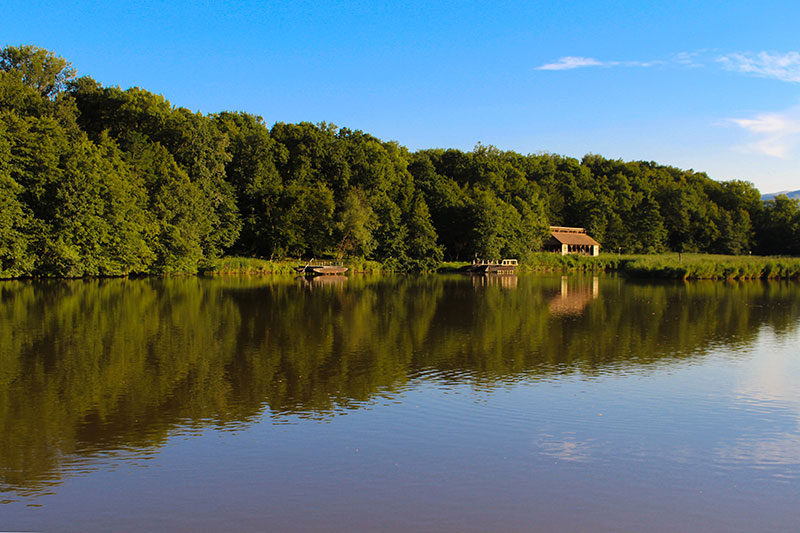2025 Green Building Practices in Minnesota
Want to reduce your carbon footprint while enhancing your home’s value? Sustainable home construction is no longer just a trend – it’s the standard! In Minnesota, where our natural surroundings play a significant role in what makes life here so special, green building practices are expected to continue evolving in 2025. Whether you’re planning a new home or remodeling your existing space, understanding how eco-friendly construction benefits both the environment and your bottom line is key.
We’ll highlight how eco-friendly materials, energy-efficient designs, and sustainable construction methods can keep your Minnesota lake property looking beautiful for generations to come. Additionally, discover how building green can also lead to long-term cost savings.
Contact us today if you’re ready to talk about building your dreams!
What Are Green Building Practices?
Green building practices focus on designing and constructing homes in ways that minimize environmental impact and enhance energy efficiency. This includes using sustainable building materials, improving insulation, reducing waste, and selecting efficient systems for heating, cooling, and ventilation.
Harren Companies specializes in energy-efficient custom homes that meet high performance and aesthetic standards, without sacrificing comfort or style.
Key Trends in Minnesota Green Construction for 2025
1. Smarter Energy Use
Smart systems continue to drive eco-friendly home innovation. From programmable thermostats to whole-home energy monitors, homeowners in 2025 are using data to cut energy usage and reduce their utility bills. Paired with solar-ready designs and high-performance HVAC systems, these upgrades make homes more efficient than ever.
2. Durable, Sustainable Materials
This year, more builders are turning to sustainable building materials like reclaimed wood, recycled steel, low-VOC paints, and eco-friendly insulation options such as cellulose or denim. These materials offer long-term durability while minimizing environmental impact.
3. Efficient Water Management
Minnesota homes are incorporating features like rainwater harvesting systems, low-flow plumbing fixtures, and permeable pavers to reduce runoff and water waste. Smart irrigation systems are also helping homeowners conserve water without sacrificing landscaping.
4. High-Performance Building Envelopes
A tightly sealed building envelope is essential for energy-efficient custom homes. Advances in insulation, air barriers, and triple-pane windows are helping Minnesota homeowners reduce heat loss during our long winters and keep cool in the summer.
5. Locally-Sourced Materials
Choosing materials made or harvested locally reduces transportation emissions and supports Minnesota-based businesses. From quarried stone to locally milled lumber, this small decision makes a big difference in eco-friendly construction.
Benefits of Building Green in 2025
- Lower utility bills through reduced energy and water use
- Improved indoor air quality thanks to non-toxic materials and better ventilation
- Increased home value due to growing buyer demand for green homes
- Positive environmental impact—lower carbon footprint and less resource depletion
Build With a Partner That Understands Minnesota
Our approach to green building practices is rooted in local experience. We understand Minnesota’s climate and how to design homes that perform year-round. Whether you’re interested in eco-friendly construction from the ground up or want to integrate greener materials into your next custom build, we’ll help you make smart, sustainable choices.
At Harren Companies, we guide clients through every design decision, from positioning the home on the lot to selecting finishes that enhance both beauty and functionality. We bring a deep respect for the environment and your vision.Contact us today to discuss building a greener future!



